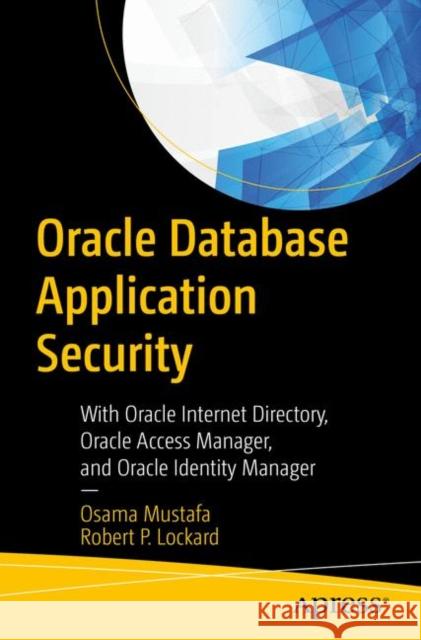Oracle Database Application Security: With Oracle Internet Directory, Oracle Access Manager, and Oracle Identity Manager » książka
topmenu
Oracle Database Application Security: With Oracle Internet Directory, Oracle Access Manager, and Oracle Identity Manager
ISBN-13: 9781484253663 / Angielski / Miękka / 2019 / 341 str.
Oracle Database Application Security: With Oracle Internet Directory, Oracle Access Manager, and Oracle Identity Manager
ISBN-13: 9781484253663 / Angielski / Miękka / 2019 / 341 str.
cena 209,59
(netto: 199,61 VAT: 5%)
Najniższa cena z 30 dni: 208,44
(netto: 199,61 VAT: 5%)
Najniższa cena z 30 dni: 208,44
Termin realizacji zamówienia:
ok. 16-18 dni roboczych
Dostawa w 2026 r.
ok. 16-18 dni roboczych
Dostawa w 2026 r.
Darmowa dostawa!
Kategorie:
Kategorie BISAC:
Wydawca:
Apress
Język:
Angielski
ISBN-13:
9781484253663
Rok wydania:
2019
Ilość stron:
341
Waga:
0.50 kg
Wymiary:
23.39 x 15.6 x 1.91
Oprawa:
Miękka
Wolumenów:
01
Dodatkowe informacje:
Wydanie ilustrowane











